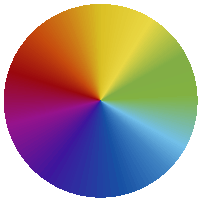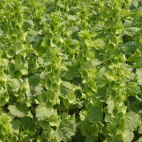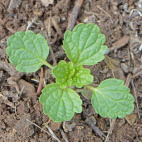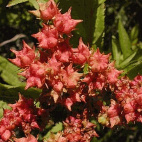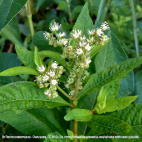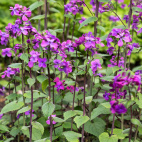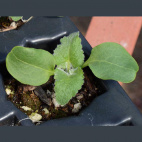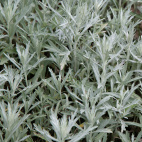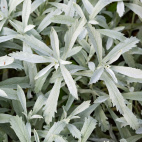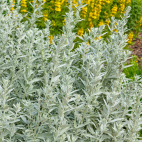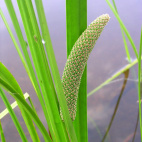Color
Availability
USDA Zone
Region
Type
Duration
Season
Germination
Soil
Sunlight
Height
Use
Narrow Your Search
Color
Availability
USDA Zone
Region
Type
Duration
Season
Germination
Soil
Sunlight
Height
Use
Wildflower Seeds - Northern Region
The Northern region is home to our Canadian friends in the eastern provinces, as well as the northern-most part of the Eastern US. This area is characterized by a long, cold winter with lots of snow, and a short humid summer that only lasts about 3 or 4 months. Most of the area is classified as a UDSA Growing Zone 4 or less, and the species that grow here have interesting ways to perpetuate themselves in spite of the short growing season. There are a lot of forests and wetlands in this region, so adequate moisture is hardly ever a problem. Look up your growing zone to make sure that the Northern wildflower seeds that you want to grow are winter hardy. Alternatively, just order annual flower seeds online so that the plant does not need to make it through the winter, but can reseed itself and come back from seed the next year.
-
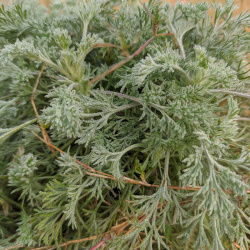 Beach Wormwood Seeds
Artemisia caudata
Beach Wormwood belongs to the sage family and thrives in sand dunes, beaches, and dry prairie soil. The hardy, sun-loving plant also attracts butterflies when it is in bloom.Quick View$3.48 Pkt - $22.17 / Oz
Beach Wormwood Seeds
Artemisia caudata
Beach Wormwood belongs to the sage family and thrives in sand dunes, beaches, and dry prairie soil. The hardy, sun-loving plant also attracts butterflies when it is in bloom.Quick View$3.48 Pkt - $22.17 / Oz -
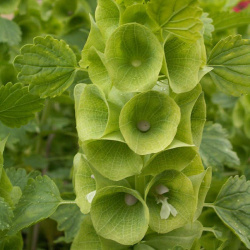 Bells of Ireland Seeds
Moluccella laevis
Add a bit o' Irish green to your garden with these extraordinary plants. The green bell-shaped calyxes can be enjoyed in the garden, or they can give beautiful contrast in fresh or dried flower arrangements.Quick View$3.48 Pkt - $12.65 / Oz
Bells of Ireland Seeds
Moluccella laevis
Add a bit o' Irish green to your garden with these extraordinary plants. The green bell-shaped calyxes can be enjoyed in the garden, or they can give beautiful contrast in fresh or dried flower arrangements.Quick View$3.48 Pkt - $12.65 / Oz -
 Ditch Stonecrop Seeds
Penthorum sedoides
Clustered on diverging stalks, these star-shaped flowers turn from white to a stunning red as they mature. The singular Penthorum Sedoides plants prefer wetland areas and historically had medicinal uses.Quick Viewx
Ditch Stonecrop Seeds
Penthorum sedoides
Clustered on diverging stalks, these star-shaped flowers turn from white to a stunning red as they mature. The singular Penthorum Sedoides plants prefer wetland areas and historically had medicinal uses.Quick ViewxDitch Stonecrop Seeds
Penthorum sedoides
Clustered on diverging stalks, these star-shaped flowers turn from white to a stunning red as they mature. The singular Penthorum Sedoides plants prefer wetland areas and historically had medicinal uses.
$3.48 Pkt - $21.00 / Oz -
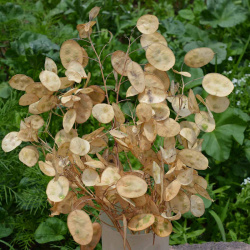 Money Plant Seeds
Lunaria biennis
Money may not grow on trees, but it does grow on wildflowers! Also known as Honesty, Moonflower, and Silver Pennies, these silvery translucent seedpods have been popular in dried flower arrangements since Colonial times. The fragrant lavender flowers also attract butterflies when they are in bloom.Quick Viewx
Money Plant Seeds
Lunaria biennis
Money may not grow on trees, but it does grow on wildflowers! Also known as Honesty, Moonflower, and Silver Pennies, these silvery translucent seedpods have been popular in dried flower arrangements since Colonial times. The fragrant lavender flowers also attract butterflies when they are in bloom.Quick ViewxMoney Plant Seeds
Lunaria biennis
Money may not grow on trees, but it does grow on wildflowers! Also known as Honesty, Moonflower, and Silver Pennies, these silvery translucent seedpods have been popular in dried flower arrangements since Colonial times. The fragrant lavender flowers also attract butterflies when they are in bloom.
$3.48 Pkt - $7.41 / Oz -
 Prairie Sage Seeds
Artemisia ludoviciana
This attractive plant will fill the air with a spicy scent. The silvery foliage stands out in beautiful contrast in native plantings, as well as being a carefree, bushy ground cover.Quick View$3.75 Pkt - $28.00 / Oz
Prairie Sage Seeds
Artemisia ludoviciana
This attractive plant will fill the air with a spicy scent. The silvery foliage stands out in beautiful contrast in native plantings, as well as being a carefree, bushy ground cover.Quick View$3.75 Pkt - $28.00 / Oz -
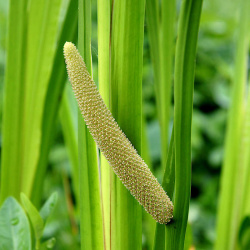 Sweet Flag Seeds
Acorus americanus
This grass-like, aromatic perennial has narrow iris-like leaves that thrive in wet conditions, making it a unique addition to a pond or stream bank. Crushing the leaves on the Sweet Flag plant yields a fresh aroma.Quick View$3.48 Pkt - $18.77 / Oz
Sweet Flag Seeds
Acorus americanus
This grass-like, aromatic perennial has narrow iris-like leaves that thrive in wet conditions, making it a unique addition to a pond or stream bank. Crushing the leaves on the Sweet Flag plant yields a fresh aroma.Quick View$3.48 Pkt - $18.77 / Oz
The Northern region is home to our Canadian friends in the eastern provinces, as well as the northern-most part of the Eastern US. This area is characterized by a long, cold winter with lots of snow, and a short humid summer that only lasts about 3 or 4 months. Most of the area is classified as a UDSA Growing Zone 4 or less, and the species that grow here have interesting ways to perpetuate themselves in spite of the short growing season. There are a lot of forests and wetlands in this region, so adequate moisture is hardly ever a problem. Look up your growing zone to make sure that the Northern wildflower seeds that you want to grow are winter hardy. Alternatively, just order annual flower seeds online so that the plant does not need to make it through the winter, but can reseed itself and come back from seed the next year.


